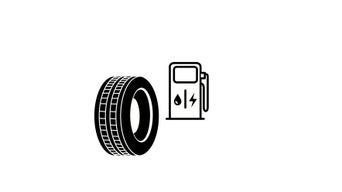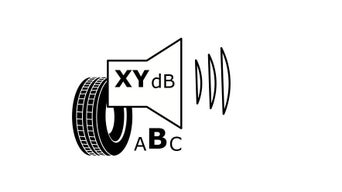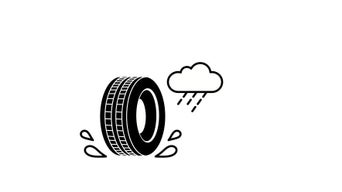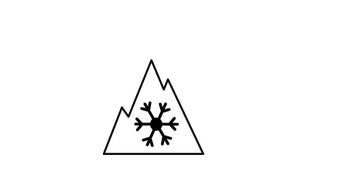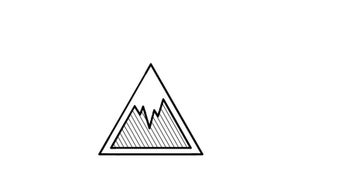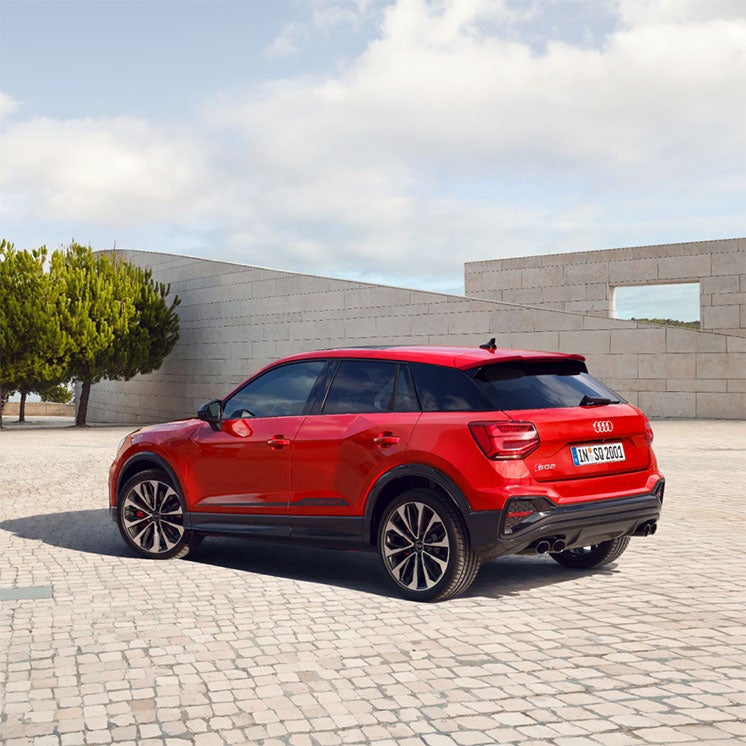
The EU tyre label
The EU is pursuing the goal of creating an energy union with a future-oriented climate policy. Fuel efficiency, and thus also fuel-efficient tyres, are important factors for climate and energy policy leading up to 2030. The EU tyre label is intended to provide you with orientation and make your purchasing decisions easier.
Tyre information under Regulation (EU) 2020/740. The tyre information labels show the different types of tyre which could be fitted to your vehicle during production. Please note that we cannot advise you which particular type of tyre (from the selection shown) will be fitted to any particular vehicle and you will not be able to choose a particular type of tyre. All tyre information shown is provided by a third party and we cannot guarantee its accuracy – if you have any questions regarding tyre specifications please speak to your local Audi Centre.
Introduction of the label
The goal: a future-oriented climate policy. In order to achieve this, the EU is aiming, among other things, to reduce CO2 emissions from road traffic.
The use of fuel-efficient tyres can advance this mission and thereby reduce CO2 emissions from road transport. In order to provide you with comparative information regarding fuel efficiency, safety and rolling noise before you buy a tyre, the EU is improving tyre labelling. With Regulation (EU) 2020/740, the EU introduced the new EU tyre label on 1 May 2021.

What changes for you?
The EU tyre label provides a basis for making an informed decision for more fuel-efficient tyres. The tyre labelling enables comparison of relevant information. Consumers can benefit in terms of reducing costs and CO2 emissions while also making an environmentally friendly purchase decision.
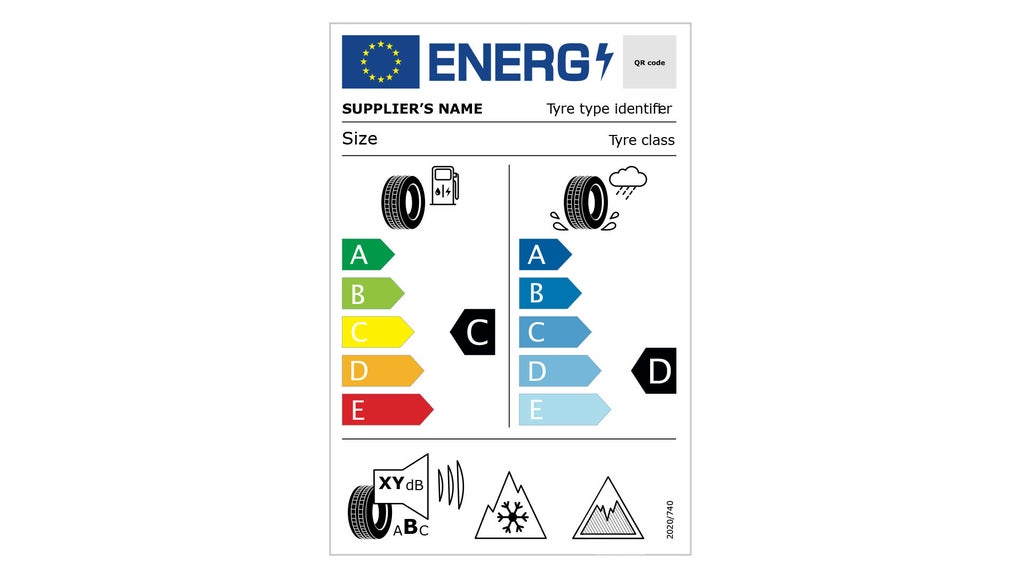
EU tyre label from May 2021 onwards

Previous EU tyre label
EU tyre label from May 2021 onwards
Previous EU tyre label
> The regulation (EU) 2020/740 of 25 May 2020 will also apply to bus and truck tyres (tyre classes C1, C2, C3) in addition to car tyres
> Presentation of additional information on the tyre label (tyre type identifier = Art.no.)
> The QR code for each tyre type identifier with a link to the EU product database (EPREL) is in the upper right corner
> Rescaling for the lower label classes: D is the new E; Class D is no longer empty (affects only C1 and C2 tyres); F and G merge into E
> New noise class display: ABC classification instead of sound waves
> New pictograms: Snow (3PMSF) and ice logo, ice logo only for C1 tyres (passenger cars)
